 "ttyymmnn" (ttyymmnn)
"ttyymmnn" (ttyymmnn)
08/25/2020 at 09:07 ē Filed to: good morning oppo, Planelopnik, wingspan
 5
5
 9
9
 "ttyymmnn" (ttyymmnn)
"ttyymmnn" (ttyymmnn)
08/25/2020 at 09:07 ē Filed to: good morning oppo, Planelopnik, wingspan |  5 5
|  9 9 |
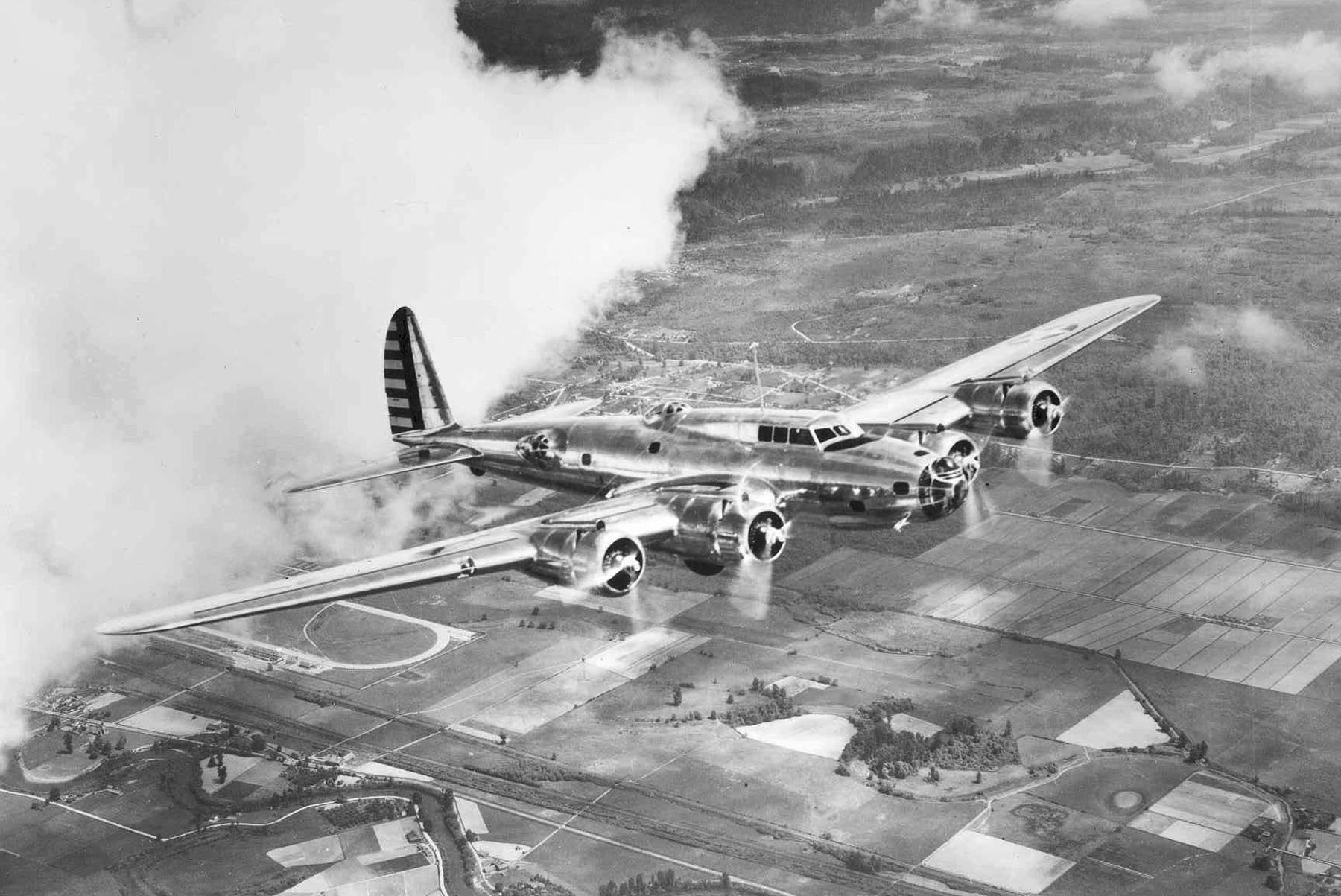
How about some shiny aluminum for Tuesday?
This is the YB-17, the pre-production prototype of the B-17 Flying Fortress. What might be considered a prototype, the Model 299, had crashed during its competition with the twin-engine !!!error: Indecipherable SUB-paragraph formatting!!! . The pilots forgot to remove the gust locks from the control surfaces prior to takeoff. Despite losing the competition to Douglas, the Model 299 so impressed the Army that they ordered 13 more so they could continue to test them. The B-17 was finally introduced in 1938, and it went on to become the third most-produced bomber in history (12,731), while the Bolo is practically forgotten. However, the B-17s that filled the skies of Europe and, to a lesser extend, the Pacific, underwent significant structural changes from the YB-17. The most obvious was the extension of a dorsal ridge in front of the vertical stabilizer to prevent rudder lock, and the addition of a tail gunner position. The definitive G model added a chin turret to dissuade enemy fighters from attacking head on.
 user314
> ttyymmnn
user314
> ttyymmnn
08/25/2020 at 09:28 |
|
Itís always interesting to look at prototypes next to the definitive and/or final version of an aircraft, just to see the changes made to a design to get it operational.
The NA-73X:
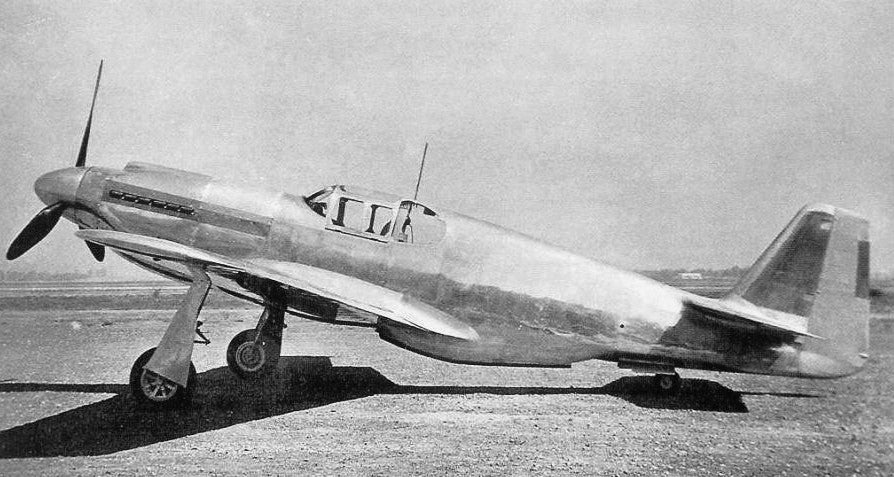
P-51D:

Bell Model 209:
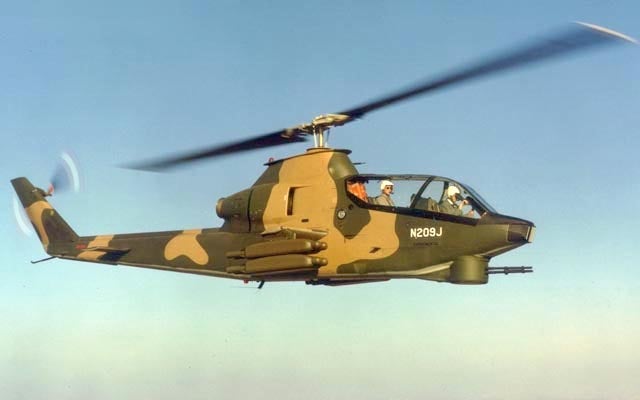
AH-1Z:
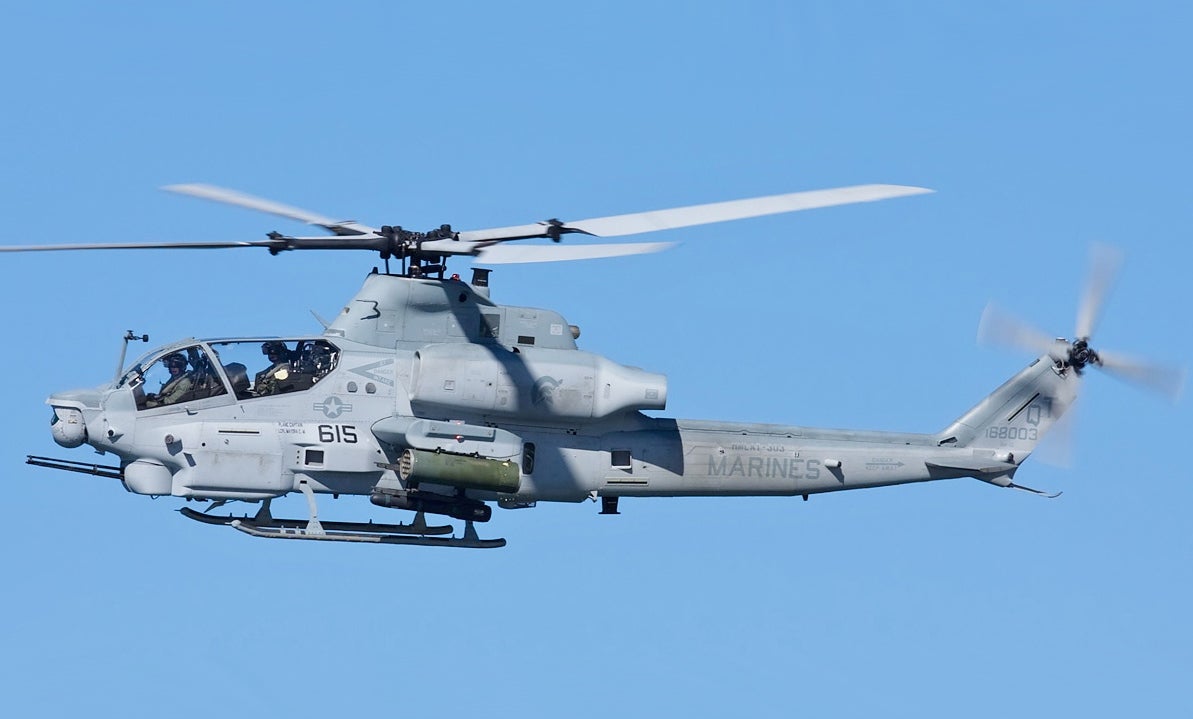
XB-52:
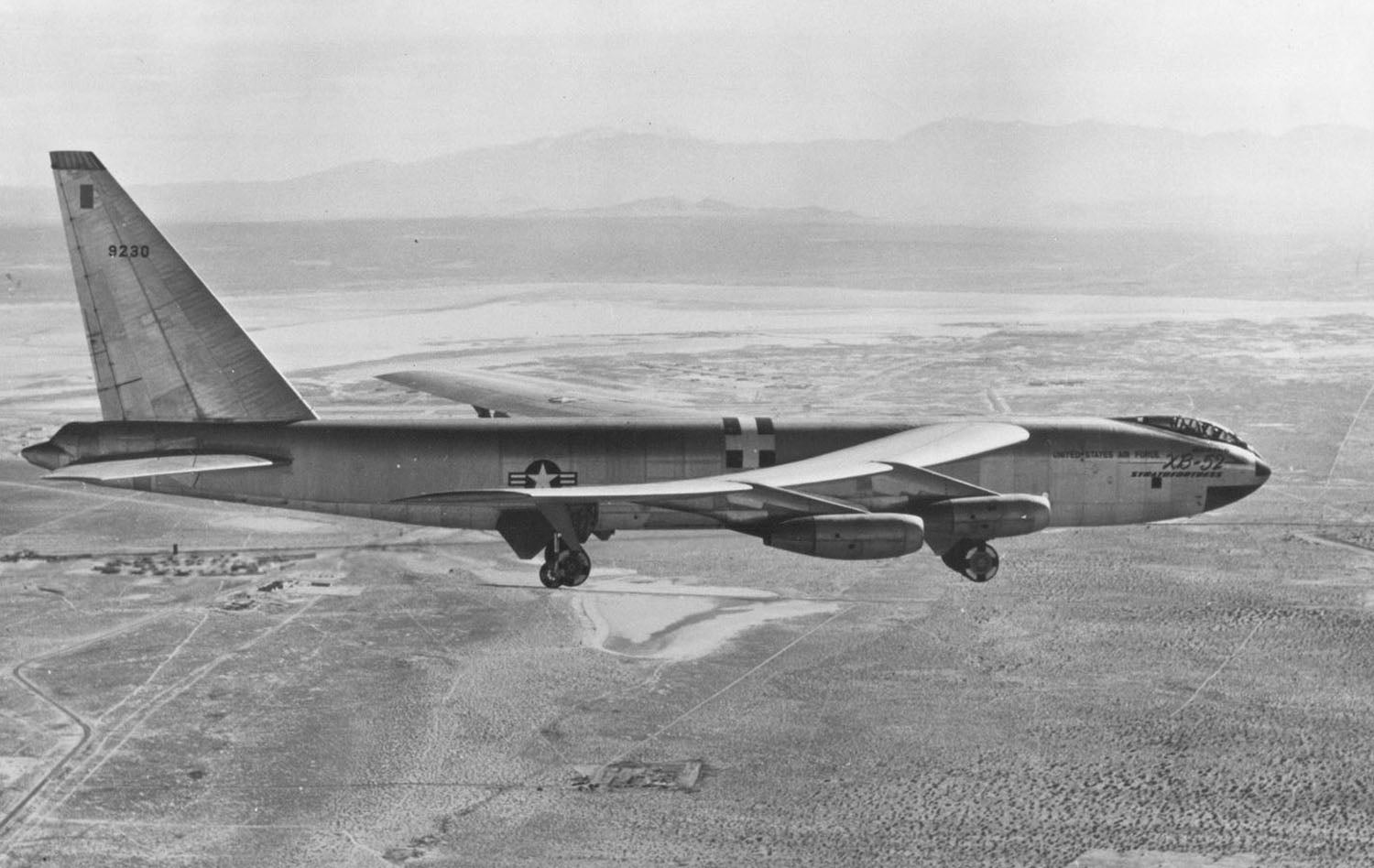
B-52H:
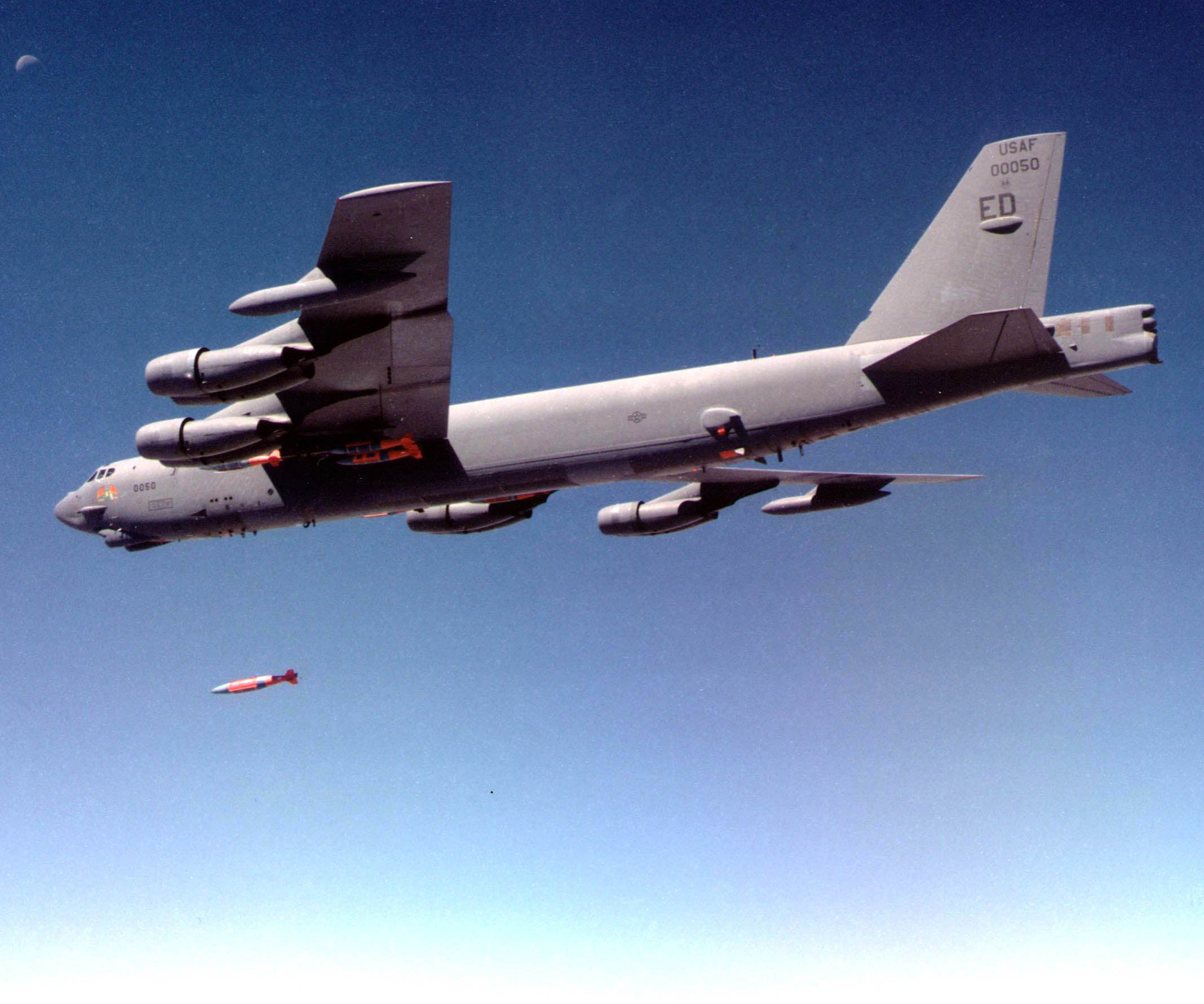
Then thereís other planes that were pretty much ďFuck it, paint it Euro One and letís call it a dayĒ
YA-10:
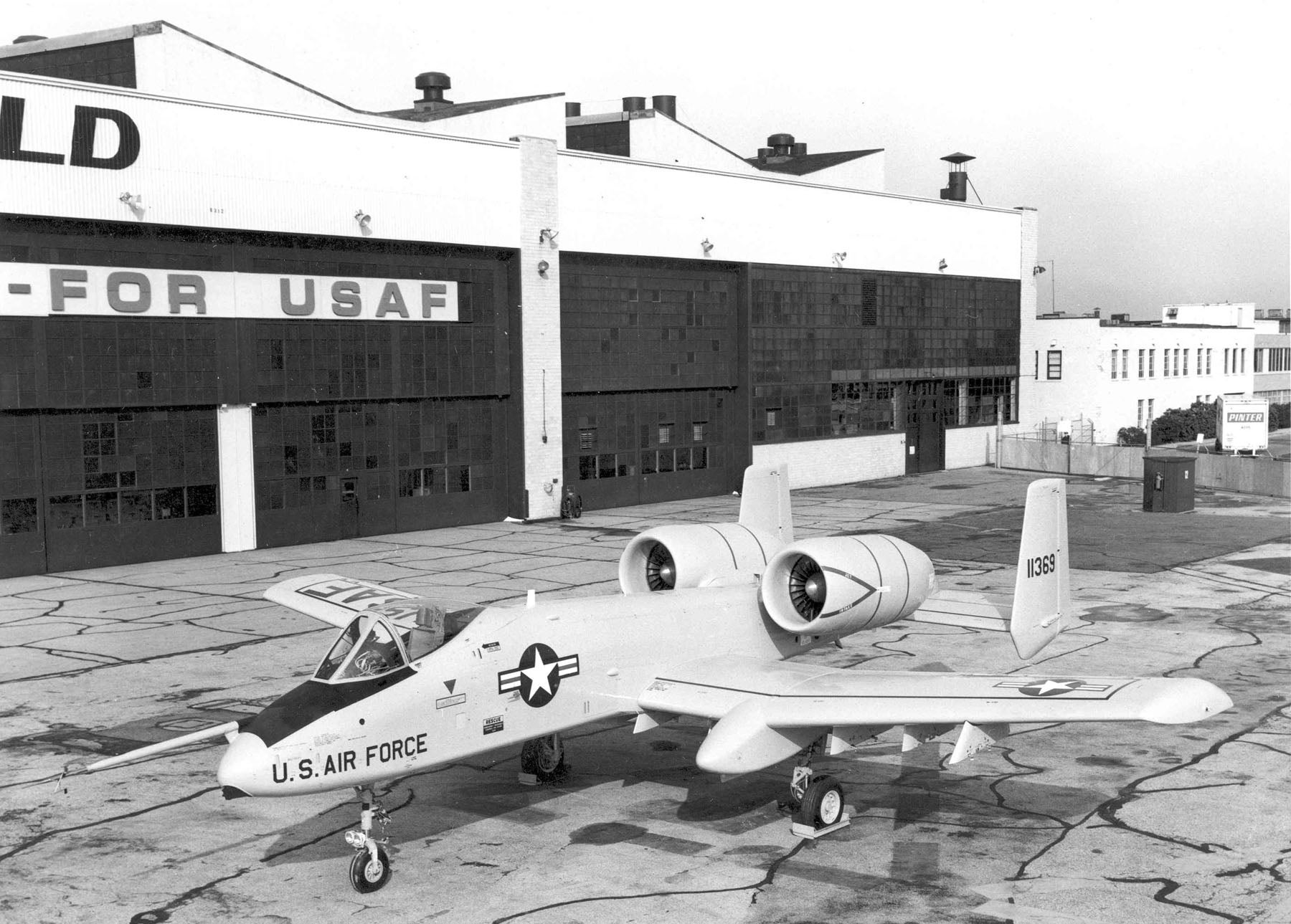
A-10:
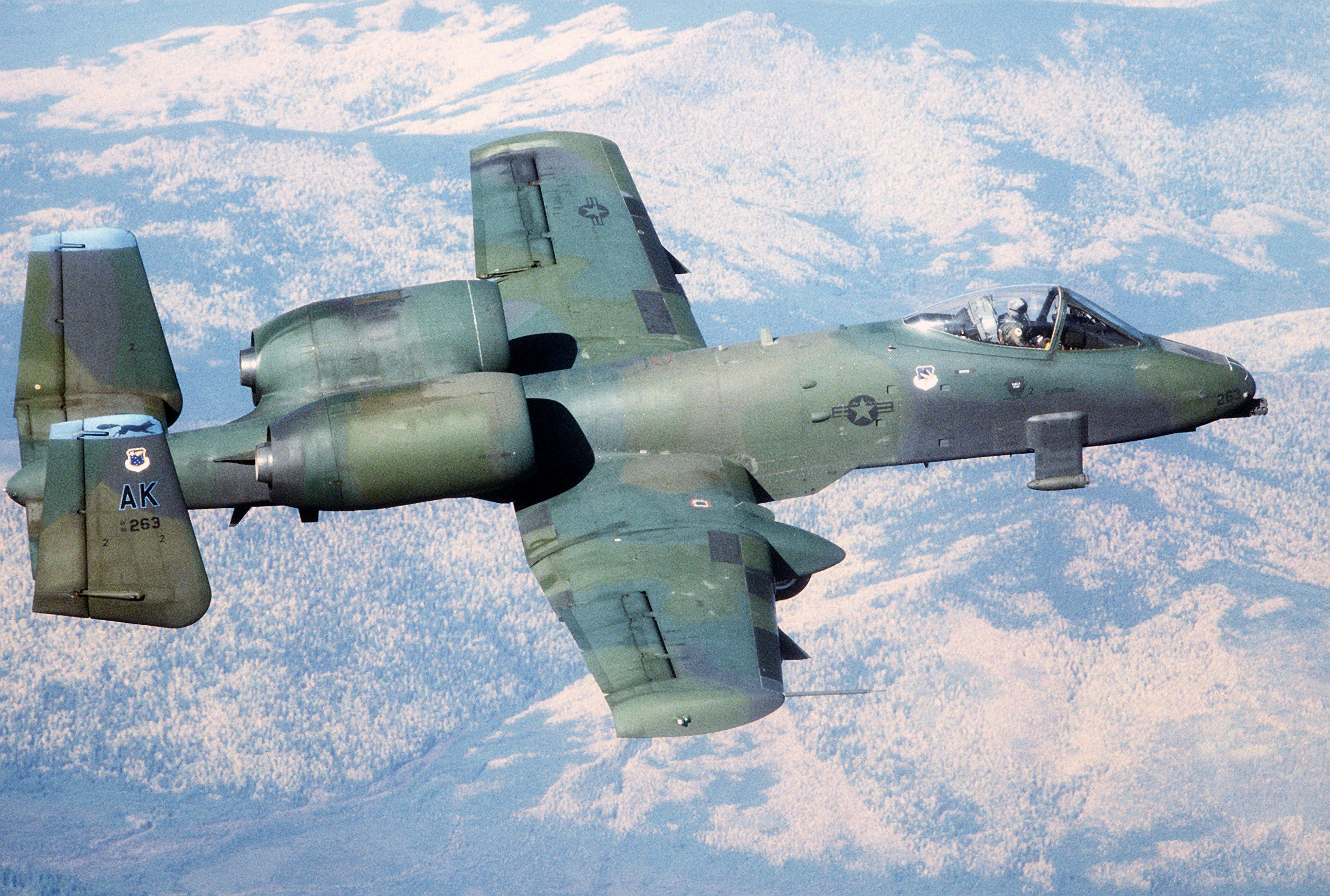
 ttyymmnn
> user314
ttyymmnn
> user314
08/25/2020 at 09:37 |
|
The A-10 was pretty much good to go out of the box. The other day I posted the Boeing 307, and it was there that I learned about the dorsal stabilizer extension that I mentioned here. Since then, Iíve been noticing in on so many other aircraft, both of that era and today. Thereís an upcoming post about the F4F that went through a similar design change from prototype to production.
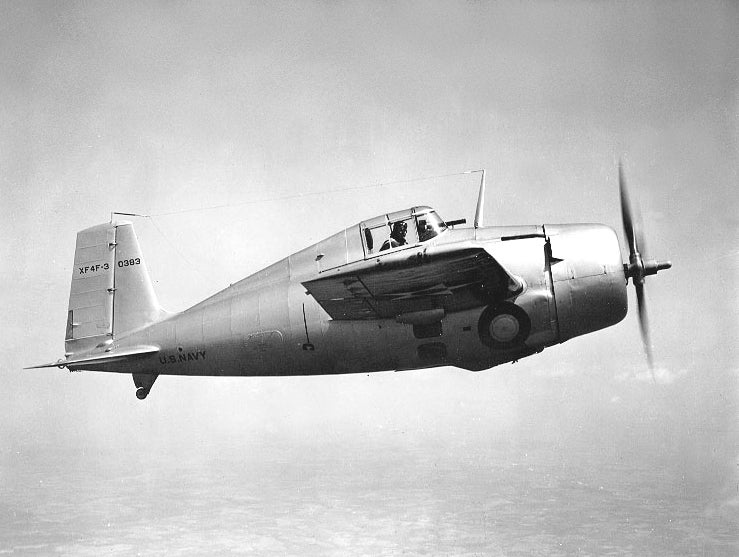
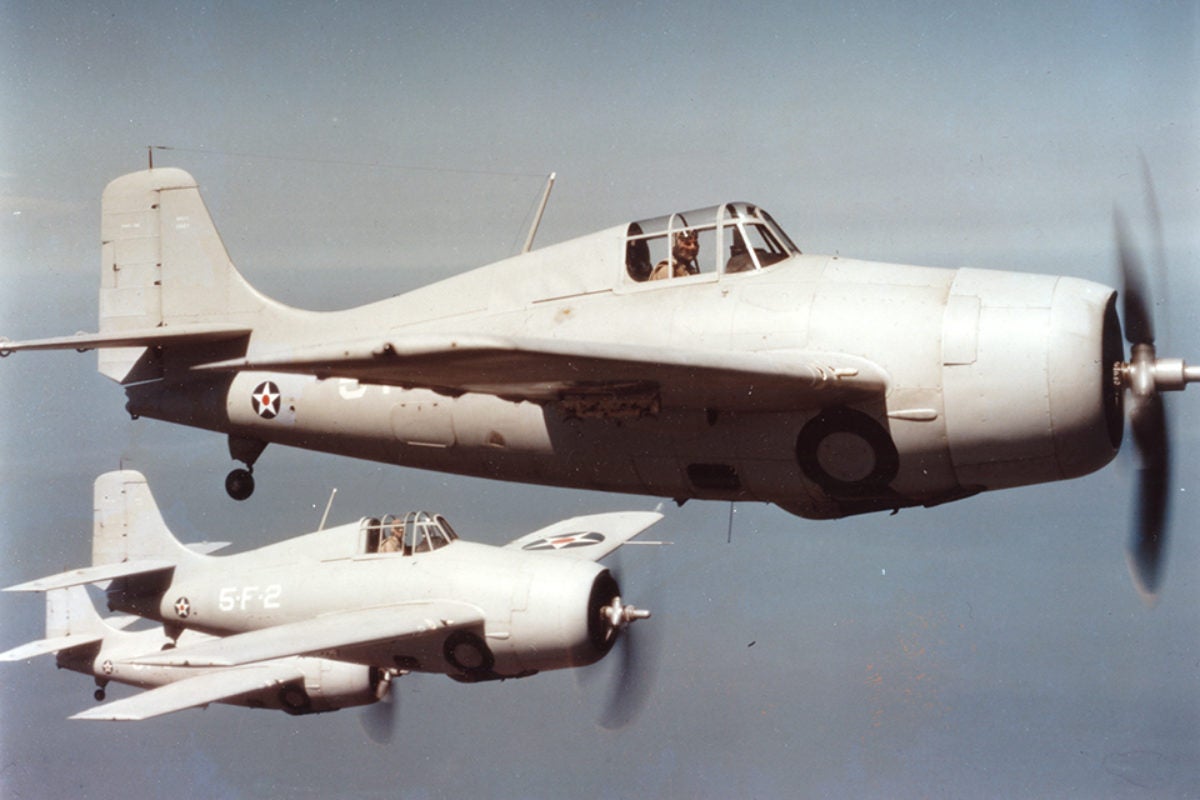
 ttyymmnn
> user314
ttyymmnn
> user314
08/25/2020 at 10:33 |
|
Also, there is a lot of Bf 109 in that NA-73X.†
 user314
> ttyymmnn
user314
> ttyymmnn
08/25/2020 at 11:07 |
|
Right? I can absolutely see why Mustangs needed Invasion Stripes to avoid friendly fire.
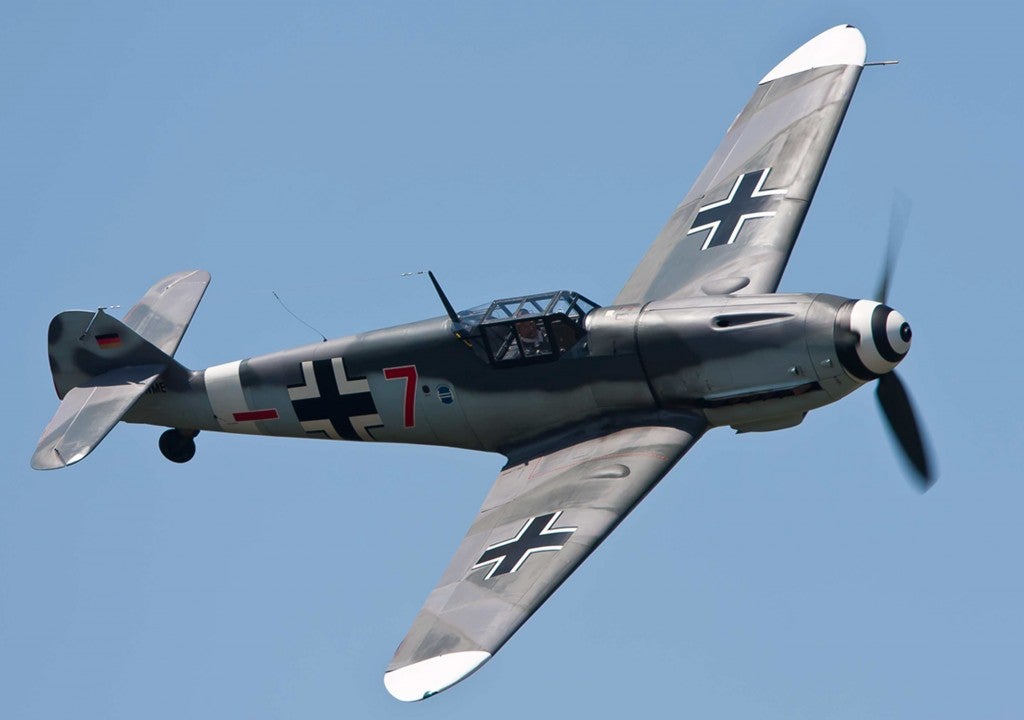
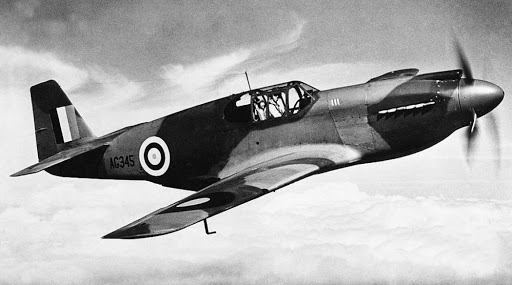
 jminer
> ttyymmnn
jminer
> ttyymmnn
08/25/2020 at 13:35 |
|
Good Afternoon!
I followed your link to the B-18 wiki page it was an interesting read about a design that ended up being so outdated it was nearly useless.† Especially with most of the fleet destroyed before it saw combat and limited success as a anti-sub work.
 ttyymmnn
> jminer
ttyymmnn
> jminer
08/25/2020 at 13:52 |
|
It was very much a 1930s design. Interestingly, many of the German designs were also prewar, but they soldiered on throughout the conflict. Everybody says that Germany was technologically more advanced than the Allies and, in many ways, they were. But the Americans were constantly coming out with more advanced designs, and think was due in large part to a lack of imagination on the part of the Germans when it came to the concept of air war.†
 jminer
> ttyymmnn
jminer
> ttyymmnn
08/25/2020 at 14:08 |
|
Youíre right, we advanced leaps and bounds in the years of the war.
At the same time they definitely were more advanced at the beginning and without German scientists we wouldnít have either the Atomic Bomb or have gone to the moon.
A lot of Germanyís success early on also came from the long history of Prussian military might in tactics, training and armaments. One could argue if Hitler had been a more stable ruler and had made a few key decisions differently today the world would look very differently. I donít think Man in the High Castle different but with a German state controlling large parts of Europe for a few more decades before it collapsed.
 ttyymmnn
> jminer
ttyymmnn
> jminer
08/25/2020 at 14:26 |
|
I think that where we surpassed them is that they were trying to come up with new and fantastic weapons, while we were entirely focused on refining the existing ones. The Bf 109 disappeared at the end of the war (though they flew for 20 years in Spain), and the Fw 190 disappeared by 1947, but the Mustang and Corsair continued into the Korean War. Hell, the last prop on prop dogfight took place in Honduras in 1970 between two Corsairs. Basically, the Germans made the best planes possible in 1935, while we made the best ones possible in 1945.
I watched part of a really fascinating (to me) but surely boring to others documentary on the NASA channel† about Werner von Braun, Operation Paperclip, and how he and his team came to the US after the war, while other German scientists cast their lots with the Russians. There is a certain irony in the fact that we could only get to the Moon with German help. Well, we would have gotten there eventually, but not by 1969.
 jminer
> ttyymmnn
jminer
> ttyymmnn
08/25/2020 at 16:25 |
|
Operation Paperclip is very fascinating. It can definitely
be a bit frustrating though to think about how much amnesty was given to men who directly contributed to very awful things.
The lifespan of aircraft is also very interesting with some living such a short time like the B-18 and others like the C-130 in your This day in aviation post thatís lived in the same basic sense (with upgrades) for a very long time and will a lot longer or the B52 that will likely be flying past the airframe design being 100 years old.